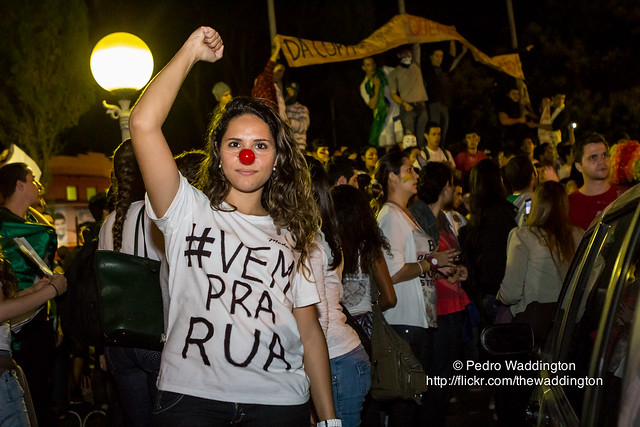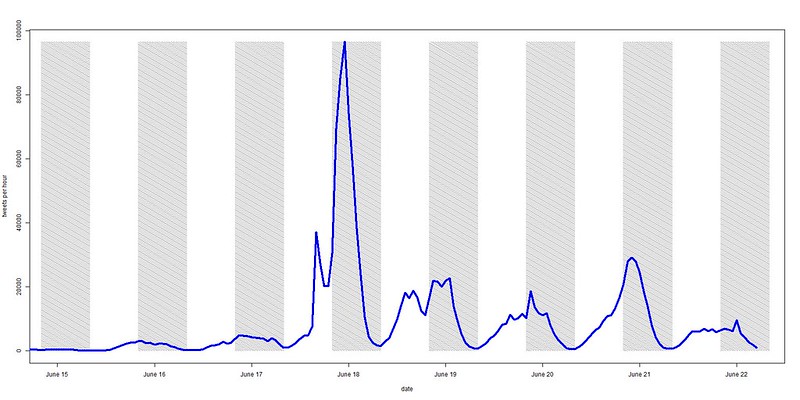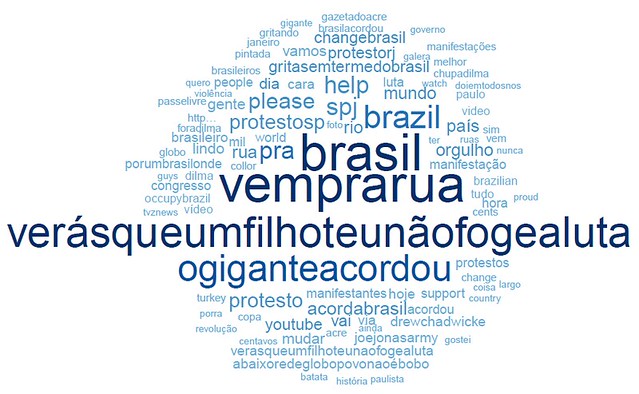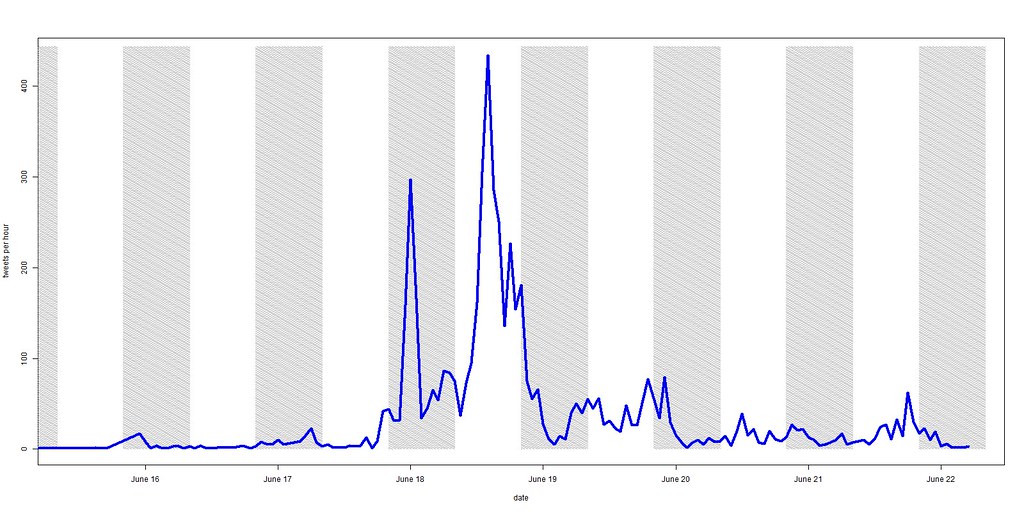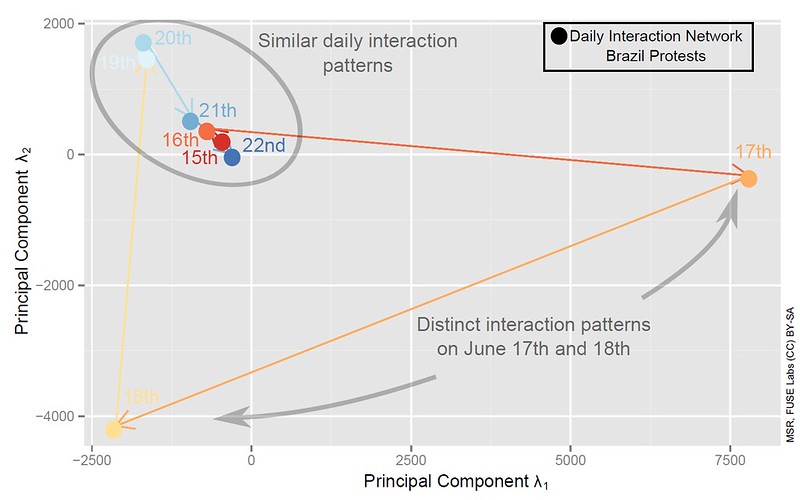The 6 things you missed if you didn’t attend the ICWSM Town Hall meeting
Wednesday, July 10th, 2013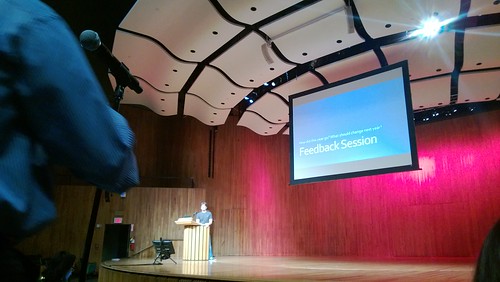
This post was written live and collaboratively during the town hall meeting using Newspad.
1. Growth in submissions, flat attendance, slightly cheaper
- 349 papers, up from 232 last year.
- Total attendance is flat.
- Increased number of lightning papers.
- No more “short paper” option (partly because lack of time for authors to turn around).
- 3 papers were in the “without publication” option (out of 10 submissions).
- Lowering price strategies: MIT dorms, no lunches, cheaper for students.
2. Where are the social scientists?
Mor Naaman (Rutgers) raised the issue that more social scientists are needed. He commended the conference for having social scientists in the program committee. He wondered if we need to convince people to attend ICWSM instead of ICA (International Communication Association). Someone else mentioned that maybe ICWSM could piggy back on a conference like ICA. Nicole Ellison (UM) thought that might be a great idea. Brian Keegan (Northeastern) raised the issue that ICA does not represent all of social science, and mentioned that other social science conference ask for more than an abstract in response to people wondering whether ICWSM should consider shorter papers. Topically, someone mentioned Sunbelt as yet another social science conference with overlapping topics. Ian Soboroff wondered if we spend too much time thinking how to make icwsm similar to other conferences. He says he attends ICWSM because it’s different. Lastly, David McDonald and Brian Keegan raised the issue of quality assessment as a mechanism to attract social scientists. David challenged the idea that rejection rates are a good proxy for quality, and asked what can, for example, tenure committees use for assessing quality. Brian asked if we could do bibliographic analysis of impact factors (e.g., if you publish at ICWSM you get more citations than other venues).
3. Submissions: Length and Additional Material
Merrie Morris pointed out that this year there was an option to allow 10 page papers instead of 8 (though 8 was still encouraged), and she wondered about the outcome of this. Emre mentioned that we do not yet have data available on how many people took advantage of the length increase but his guess was that most people used the 10 page option. One person mentioned that some conferences have no length limit. Winter Mason mentioned that social scientists might prefer to just submit a 2 page abstract instead of a whole paper. Bernie Hogan (Oxford) raised the issue of sharing data, and, perhaps more importantly, sharing algorithms and techniques. The use of open repositories for sharing our work was raised, Winter mentioned using Open Science Framework.
4. Format of the Conference
Brian Keegan asked for more opportunities to hack together to spark collaborations. Birds of a Feather was a good first step. Melroy De Souza (Bing), also advocated for having more opportunities for networking, and asked whether we could have virtual conferences. Emre replied that we do have an archive of all the videos of the presentations. Melroy also asked if we could have other presentations formats, such as panels with experts and practitioners. Michael Muller (IBM) commented that it was hard to share spotlight posters because the space was crowded. David McDonald (UW) commented that perhaps more than one track is necessary.
5. Future ICWSM’s
Planning to create a more formal steering committee, consisting of past papers and general chairs (though who is currently going to be on that committee not announced). Plan to begin planning conference two years out, though no announcement about who will organize 2014 or 2015 conference (they are soliciting nominees for who might do this). Informal plan to rotate more regularly between Europe and North America was mentioned, though no details on what that rotation will be like (every year? every N years?) or on locations for the upcoming conferences.
6. Thematic Suggestions
- Focus on methods, and tools.
- More applicable findings for real world (Melroy).
- Surveillance is a topic where this community could make an important contribution (Roja from UCLA)

